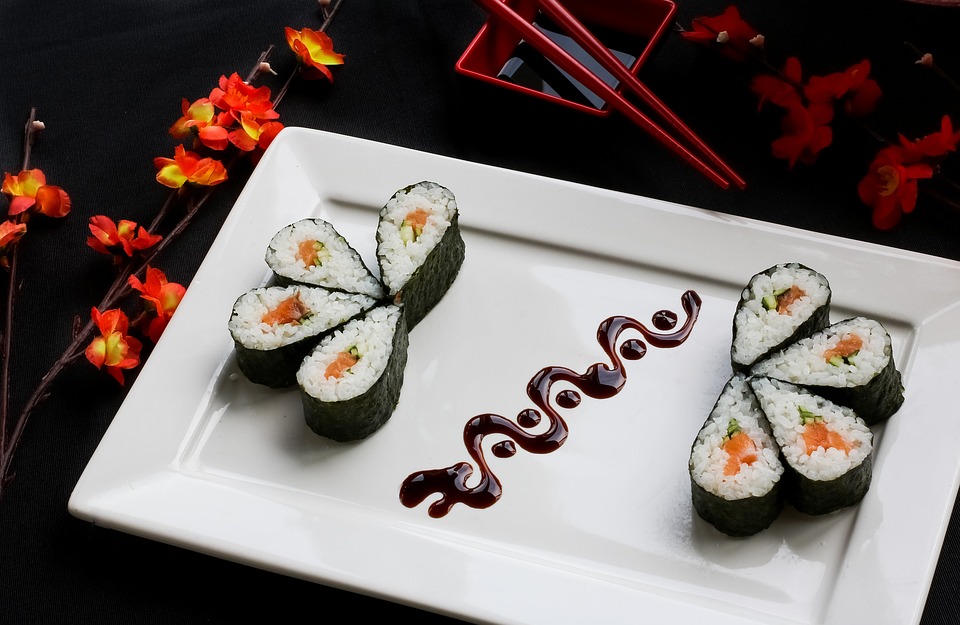[ad_1]
Japanese cuisine is famous for its use of unique and flavorful fermented foods. The tradition of fermenting foods in Japan dates back thousands of years, and has played a crucial role in preserving food, enhancing flavor, and promoting good health. From miso and soy sauce to pickles and sake, fermented foods are deeply ingrained in Japanese culinary culture.
The History of Fermented Foods in Japanese Cuisine
Fermentation has been a key part of Japanese food preservation for centuries. The practice of fermenting food in Japan can be traced back to the Jomon period, which lasted from around 14,000 to 300 BCE. During this time, early Japanese communities began to ferment foods using natural techniques such as lactic acid fermentation, salt preservation, and koji mold cultivation. These techniques were used to preserve meats, fish, vegetables, and grains, allowing people to store and consume food throughout the year.
One of the most well-known fermented foods in Japanese cuisine is miso. Miso is a paste made from fermented soybeans and grains, and is commonly used in soups, marinades, and sauces. The earliest records of miso production in Japan date back to the Nara period (710-794 CE), when Buddhist monks brought the fermentation technique from China. Since then, miso has become a staple in Japanese cuisine, with different regions and families developing their own unique recipes and flavors.
Another essential fermented food in Japanese cuisine is soy sauce. Soy sauce is made by fermenting soybeans with roasted wheat and salt, and has a rich, savory flavor that adds depth to a wide range of dishes. The production of soy sauce began in Japan during the Kamakura period (1185-1333 CE), and has since become a fundamental seasoning in Japanese cooking.
The Role of Fermented Foods in Japanese Cuisine
Fermented foods play a vital role in Japanese cuisine, not only for their ability to preserve and enhance flavor, but also for their health benefits. Fermented foods are rich in probiotics, which are beneficial bacteria that support gut health and digestion. Japanese people have long recognized the importance of maintaining a healthy gut, and have incorporated fermented foods into their daily diets as a result.
In addition to miso and soy sauce, Japanese cuisine features a wide variety of fermented foods, including pickled vegetables, natto (fermented soybeans), umeboshi (pickled plums), and tsukemono (pickles). Each of these fermented foods offers a unique flavor profile and nutritional benefits, adding complexity and depth to the Japanese culinary experience.
Conclusion
Japanese cuisine has a rich history of using fermented foods to preserve flavors, enhance taste, and promote good health. From miso and soy sauce to pickles and sake, fermented foods are deeply ingrained in Japanese culinary culture, and continue to be valued for their unique flavors and nutritional benefits. The tradition of fermenting foods in Japan has stood the test of time, and remains an integral part of the country’s culinary heritage.
FAQs
What are some common fermented foods in Japanese cuisine?
Some common fermented foods in Japanese cuisine include miso, soy sauce, pickled vegetables, natto, umeboshi, and sake.
What are the health benefits of fermented foods?
Fermented foods are rich in probiotics, which support gut health and digestion. They also provide a source of beneficial nutrients and enzymes.
Why are fermented foods important in Japanese cuisine?
Fermented foods play a crucial role in preserving flavors, enhancing taste, and promoting good health in Japanese cuisine. They also contribute to the unique and diverse flavor profiles of Japanese dishes.
[ad_2]





Comments